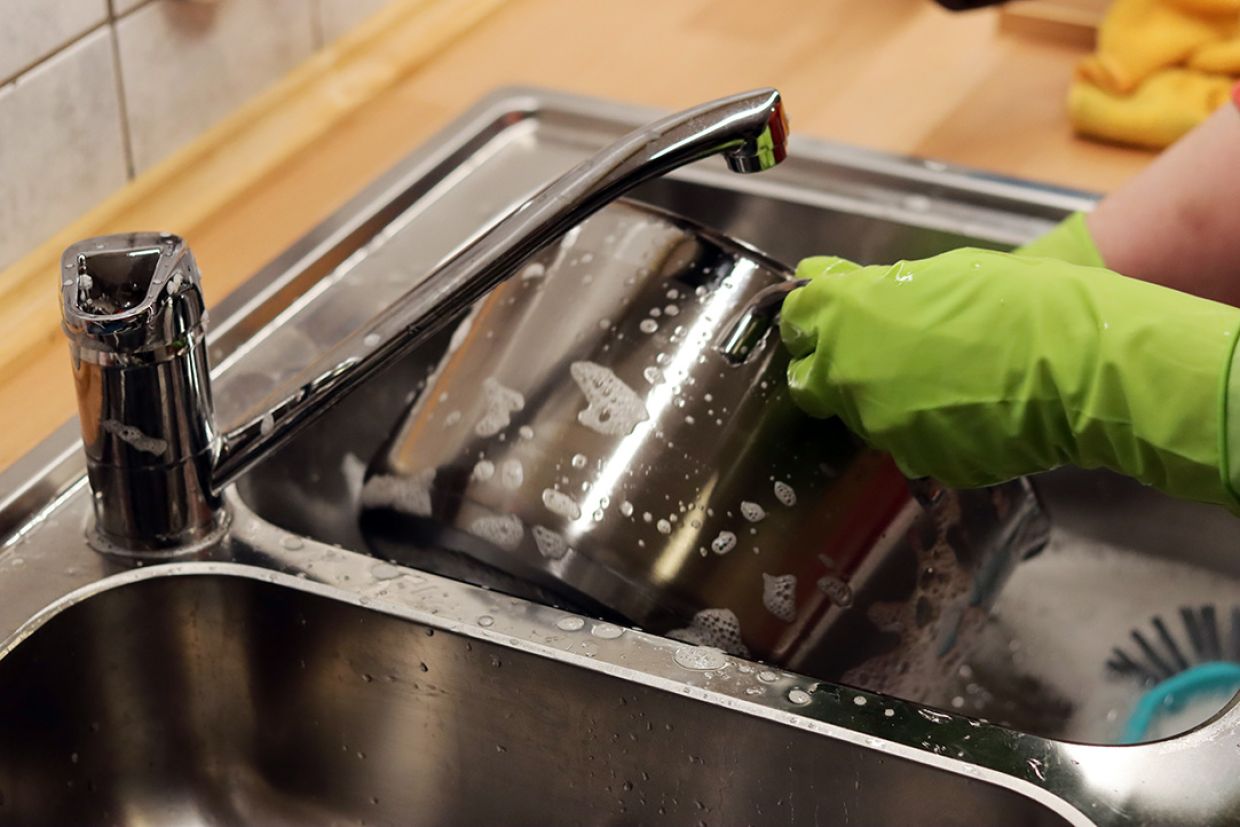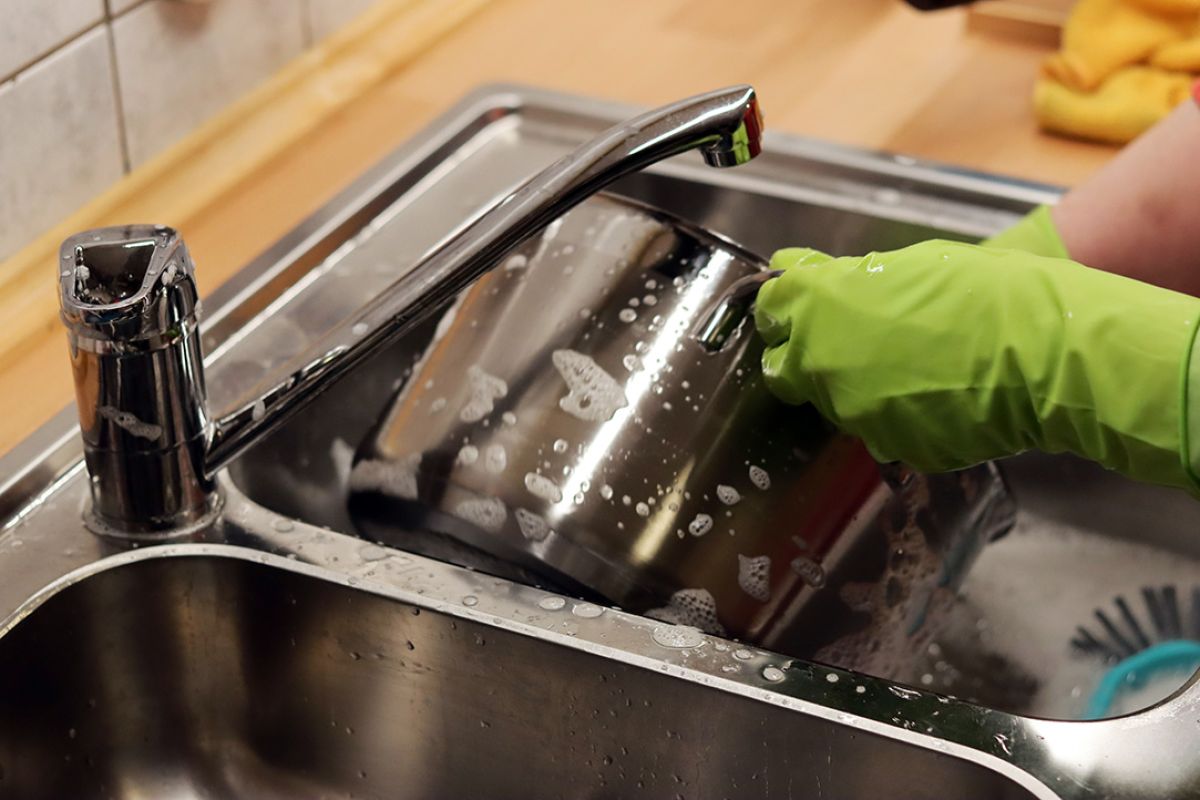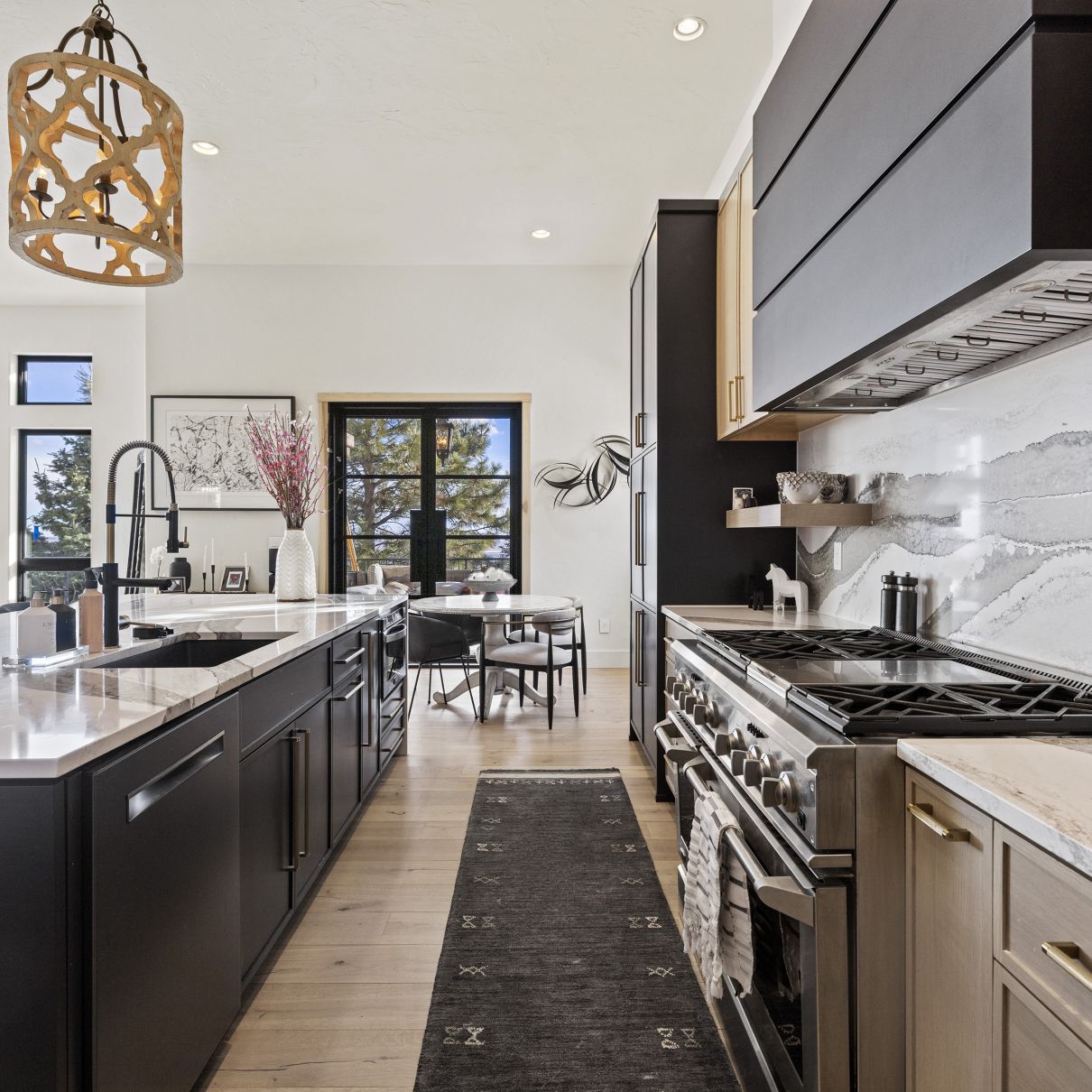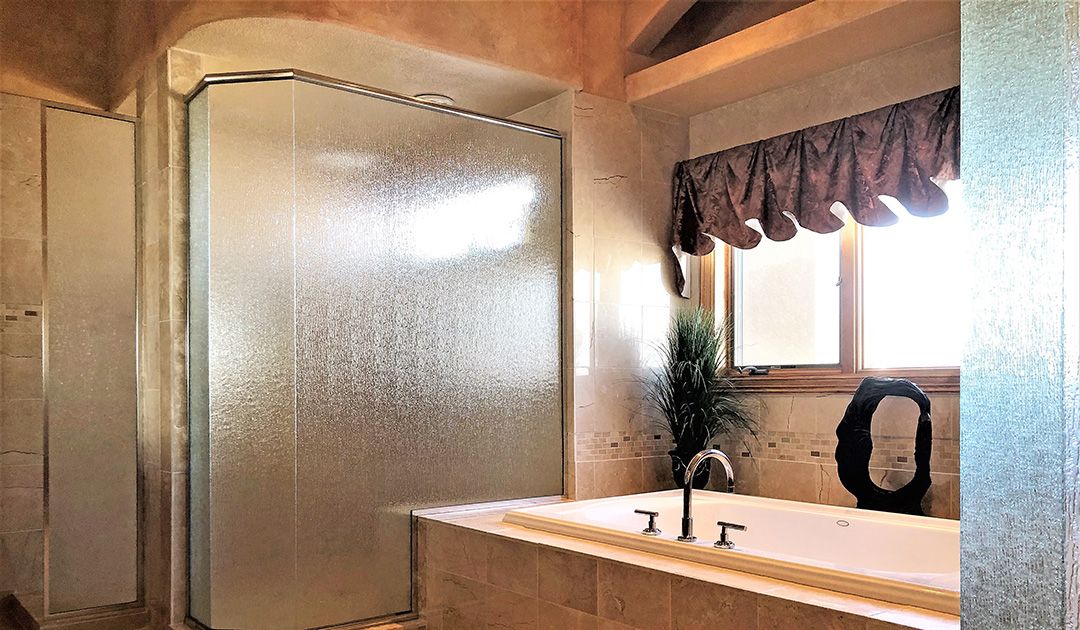
6 Tips to Avoid Unnecessary Plumbing Damage

Here’s 6 tips to make sure you’re not causing unnecessary damage to your plumbing.
As long as the water is working in your home, no one thinks much about where it comes from or where it goes. However, supply lines and drains are an intricate system that weaves within the walls of your home. Damage to this plumbing can be quite costly, and cause quite the mess. Plumbing repairs usually require several additional steps beyond fixing the actual pipe – from water mitigation, to drywall and flooring repairs, and fixture replacement. To help avoid unnecessary disasters, we’ve made a list of common ways you can care for your pipes and prolong the life of your plumbing.
1. Pouring Food and Grease Down The Drain
According to the EPA, 47% of drain blockages in the US are due to fat, oil, and grease build-up. Each time grease enters a drain, it sticks to the sides of the pipe as it cools. Even if you’re pouring hot grease, or continuously running hot water, at some point down the drain the water and grease will cool and turn into sludge. Other food particles and kitchen debris stick and collect on this sludge and build up over time, eventually causing a stoppage and backup.
The problem is behavioral and easy to change. Be sure to scrape all of your food into the trash before rinsing plates, even if you have a garbage disposal. Try to limit garbage disposal use to uncooked foods, prior to them being introduced to oils and grease. Never dump oil from a pan or bacon grease down the drain–save it in a disposable container until it cools (an empty can or jar), and then throw it away with your trash.

2. Using Drain Cleaner
If you do experience slow draining or a backup in your sink, most people reach for Drain-O or some other drainer cleaner / de-clogger. While inexpensive, this usually isn’t the best solution and can cause more harm than good. Most of the time, these products will require many uses before they become the slightest bit effective–and these products are full of chemicals. Continually exposing your drain to these chemicals is harmful to the pipe, weakening and eroding its structural integrity. Moreover, these chemicals are also harmful to the environment and you as an individual.
Additionally, clog remover used for your kitchen sink or bathtub can not be used for your toilet. Using the wrong product for the wrong situation can immediately damage your pipes and even crack the porcelain of your toilet bowl.
To clear any clog, it is recommended to use plungers, augers, and snakes. Stay away from the claims of quick cleaners.
3. Placing Weight On Plumbing Fixtures
Your shower heads are not designed to carry weight. A shower caddy filled with soaps, shampoos, and conditioners adds stress to the pipe and will eventually cause a leak. Likewise, kitchen faucets are not meant to be leaned on or used as handles. While your plumbing fixtures may seem robust, usually their fittings and connections are not. Also, the pipe within the walls was not designed to carry weight or withstand leverage from odd angles. Try not to impose unnecessary stress upon them.

4. Know Where Your Pipes Are Within The Wall
When you first move in and begin decorating, or perhaps you’re simply changing up the style of your home, know where the pipes run and are hidden behind your walls. Driving stray nails or screws into your walls can lead to major problems. Sometimes the consequences are immediate and you will see or hear the water as soon as you puncture the line. Sometimes the puncture will cause a slow drip, allowing mold to grow for ages before you realize there’s a problem. In either case, the drywall will now have to be cut in order to access the damaged pipe, the water damage mitigated, the pipe replaced, the drywall patched, and the wall repainted.
Stud finders can help you located solid wood, but if you know that a plumbing line runs in a particular spot–you may want to avoid making holes there.
5. Understanding Your Water Shut-Offs
Should an emergency or plumbing problem arise, it’s important that you know where your water shut-off valves are located and how to use them. All of your sinks and toilets have supply lines with individual shut-off valves. Simply understand how they work before water begins leaking, that way you can quickly and effectively turn the water off should you need to.
Beyond individual shut-off valves, it’s important to know where the main waterline shut-off valve is located in your house. Sometimes they are in a garage or basement–but every homeowner should know where their’s is located and how to turn it off. By being able to turn off the water to your home quickly, you can potentially stop the water from spreading and save tremendous repair.

6. Call Us
Alpine Contracting has been serving Colorado Springs for over a decade. We’re a general contractor with the experience and knowledge to troubleshoot your situation and repair all aspects of your plumbing situation. Our licensed plumbers will fix the problem and our skilled trades will repair flooring and patch drywall like new should you need it. Contact us to speak to a project manager and we’ll help guide you through an insurance claim process should one be necessary.

